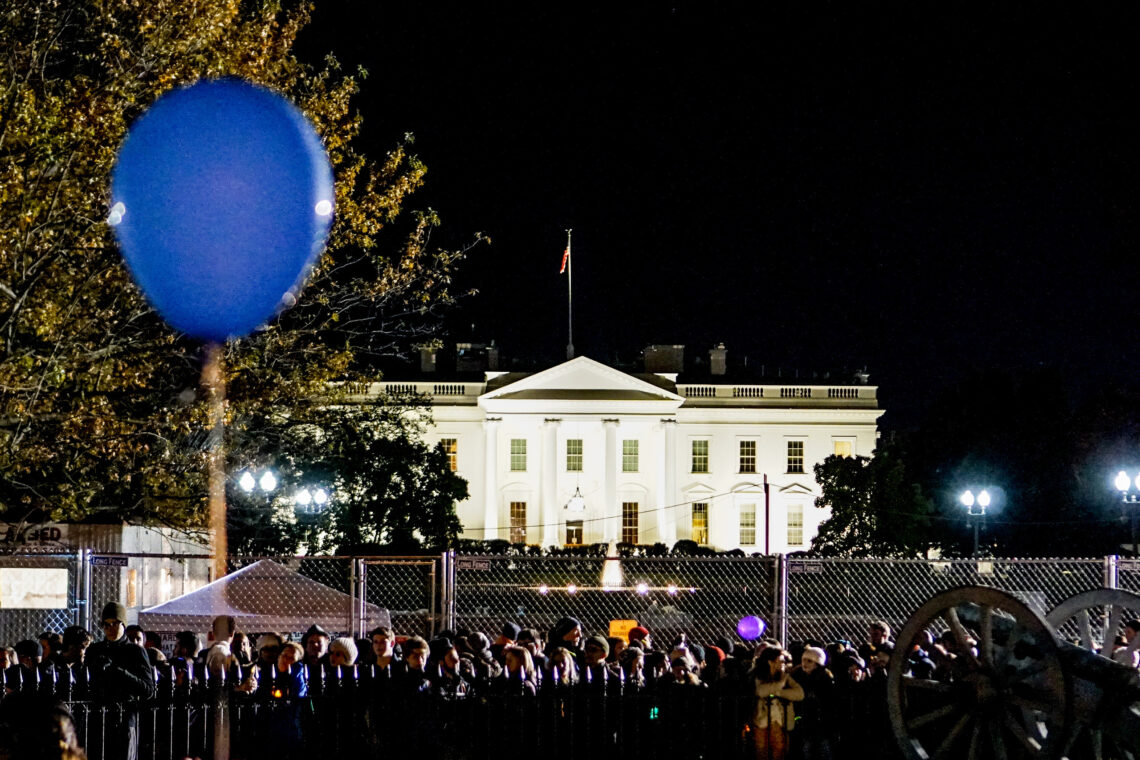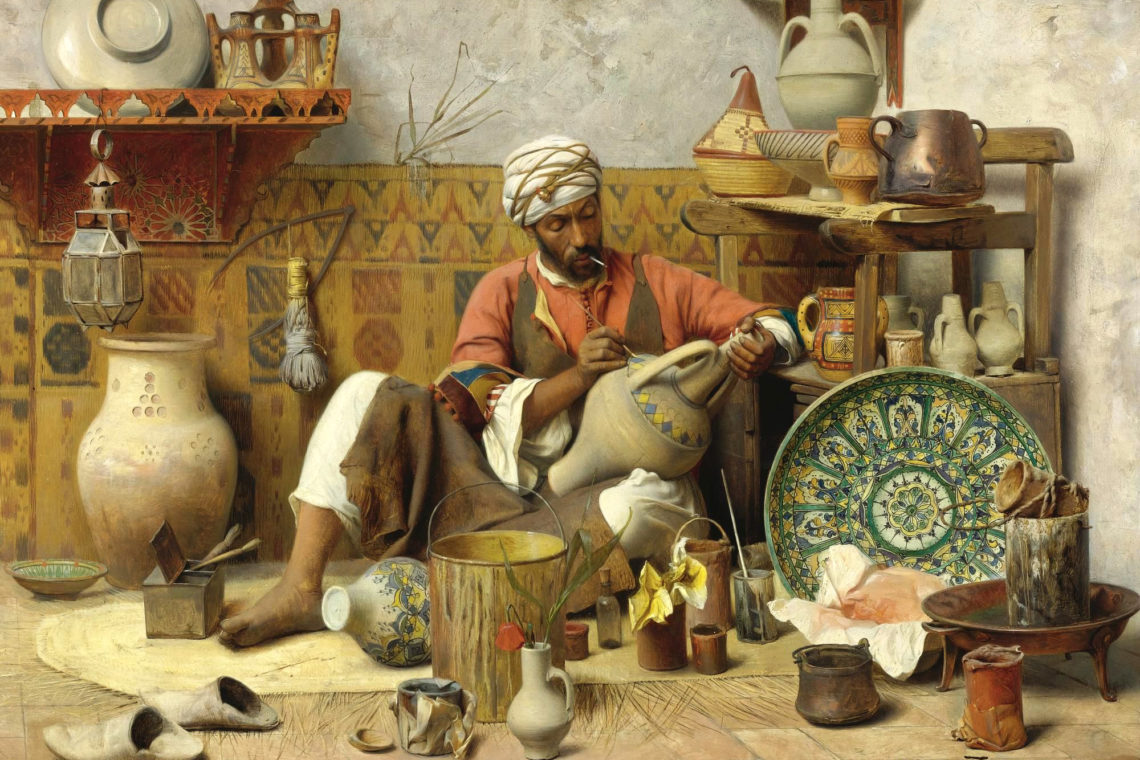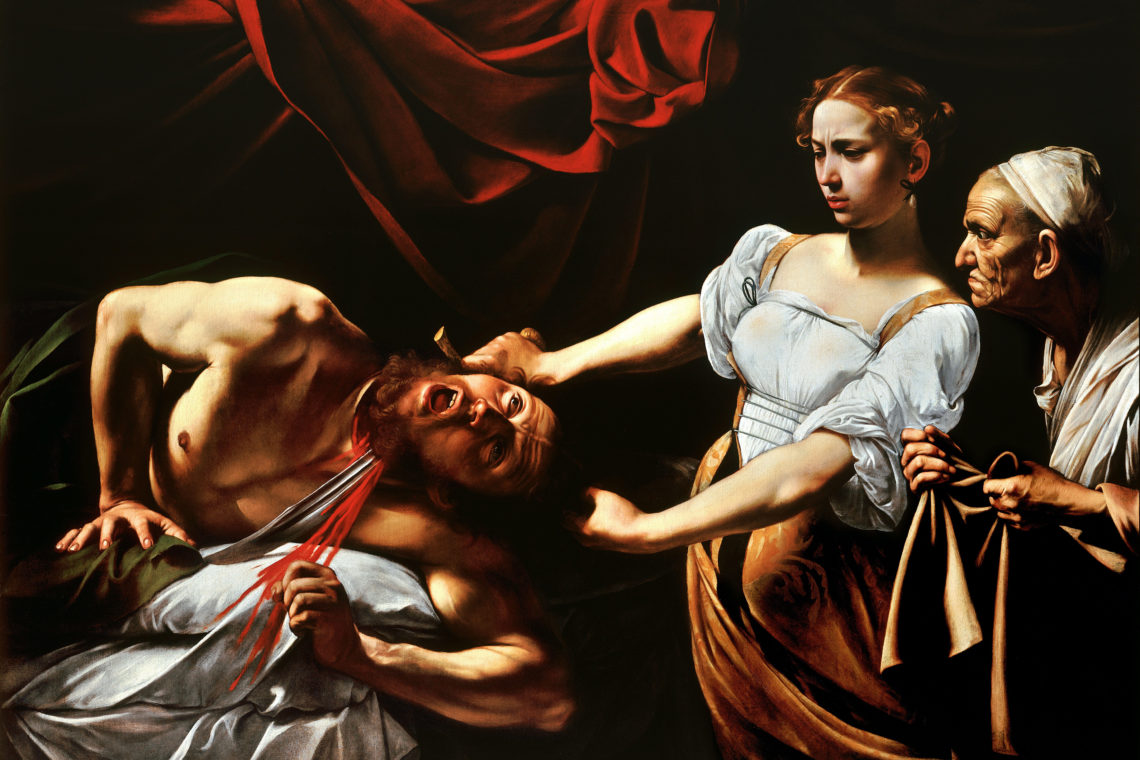The title of my article, “L’facances, ‘that’s how we call them,’ ” refers to a scene in Algerian director Nadir Moknèche’s film Le Harem de Mme Osmane (2000) in which a character claims “I am not an immigrant, I am Algerian!” When her friend explains to the group of ladies while they freshen up at a wedding that she is “an Algerian born in France, that’s totally different,” a lady insists: “Excuse us, this is how we say it here.” For the average Algerian, “lizimigri” in Algerian Arabic is a generic name borrowed from the French “les immigrés.” It means “the immigrants” and it is given to those who went to live in Europe and come back to the land of their fathers—for a short while—whether he/she was born in Algeria or in Europe. The same applies to “l’facances” or “l’facanciyin” in Moroccan Arabic, borrowed from the French “les vacanciers” (holiday-makers). The average Moroccan uses this word to refer to Moroccans—first, second and third-generation French people of Moroccan ancestry or recent immigrants who come for a visit during the summer break. The Moroccan Arabic word clearly reminds the holiday-maker that his/her ties to Morocco are fragile. They are sporadic, maybe trivial, and as fleeting as a summer vacation. On the other hand, the Algerian “lizimigri” pokes the Algerian immigrant for leaving its country to live in the land of the former colonizer.
“L’facances” are addressed as “Ressortissants marocains à l’étranger” by the official Moroccan discourse. The difference between the Moroccans who were born in Morocco and went to Europe for economic, marital, or academic reasons and those who were born in Europe is not taken into account in the vernacular language. They go by the same bulk name of “holiday-makers.” Their past does not matter; what counts is the result of their emigration, i.e. that they become visible in the Moroccan streets, beaches, cafés in the summer. They have in common their having lived outside the country and returned to their bled (country) in the summer. What they have in common is what differentiates them from “wlad l’bled” (“children of the bled,” or “the natives”). In other words, they are the victims of a stereotypical image that portrays them as driving pretty cars. Their conversations involve expensive trips and expenditures. They resort to a foreign language more often. They can be seen on the street in light clothing, walking in mixed-gendered groups on boulevards.
In Algeria, the phenomenon of a mass summer exodus of expatriates living in Europe is almost absent. Algerian immigrants take summer trips to their country or the country of their ancestors, but their number is relatively small as compared to their Moroccan comrades in exile, who take summer trips to their homeland on a more regular basis and in bigger numbers. Their visibility is low as their preferred means of transportation is the plane and the boat. Contrary to Algeria, in Morocco cars registered in European countries such as France, Belgium, Germany, The Netherlands, Spain, and Italy are a common feature of Morocco’s landscape in the hot months of summer.
The reason for such a moderate flow in Algeria is partly due to the fact that Algerian émigrés have the feeling that the country is still unstable and dangerous. Many have decided to postpone their trip until “things to go back to normal.” Also, contrary to Tunisia and Morocco, Algeria did not set up a political agenda and infrastructure to attract tourists and its expatriates. The political instability in recent years, the economic plight and the constant concerns such as the continuous shortage of water did not help Algeria take on the image of a vacation destination. Even if some Algerians spend a significant amount of their time between Europe and Algeria, a more significant number of them plan a short trip, mainly for a special occasion, such as to attend a wedding, a circumcision, celebrate eids, visit their family, etc. Most of them do not plan to spend all their vacation time in the summer. Instead they may choose to spend a few weeks somewhere in Europe. It has become more and more difficult for parents to get their children to consider traveling with them to Algeria, whose language and culture they barely know, or do not understand at all. When they decide to go to the other rim of the Mediterranean Sea, more and more opt for a neighboring country such as Morocco or Tunisia, which have had a strong and permanent tourist history.
Tourism is a major resource of the Moroccan economy. Throughout the year, foreigners from around the world come visit the Alaouite kingdom. In the summer, the biggest portion of tourists is made up of Moroccan expatriates. At this time of year, Morocco’s landscape totally transforms itself. A multitude of cars and vans driven from several European countries cross the Strait of Gibraltar and penetrate into cities, towns, villages, the desert, mountains, valleys and alleys. Starting at the main ports of entry such as Tangier, Ceuta, Melilla or Nador, big colorful banderoles from private companies welcome the Moroccan newcomers.
Morocco is eager to preserve its image as a pleasant country to visit not only for tourists but also for expatriates. It would like for the latter to contribute to the national economy. To that effect, strong efforts have been made to ensure that the stay of Moroccan immigrants be pleasurable. Recently, an unprecedented campaign of image improvement has seized the entire country. Before his death in 1999, King Hassan II took measures to facilitate the customs’ procedures and shorten the wait at the border. Female custom officers were hired to this end. Recognizable by their beige suits, they provide help with all sorts of practical matters. Hassan II solicited his people’s collaboration in his efforts to make visitors feel welcomed.
Big companies are aware of the important role that these loyal visitors can play in their businesses. These brothers in exile are worth wooing. They come with European currency. Some of them buy a house and return to their country a couple of times a year. Some settle in for good. Some only spend a few months a year in the country. All have strong buying power. As soon as they have cleared customs, the expatriates are greeted with all sorts of free goods, such as bottles of cold water bearing the name of a big bank, T-shirts, and windshield shades. While they are enjoying their stay in the kingdom, TV commercials, radio announcements, fliers and billboards start addressing the newcomers. Visual signs incite expatriates to spend their money on a spectrum of activities, such as buying phone cards, eating at McDonald’s, and buying apartments.
The effects of globalization and Morocco’s emigration history have affected Morocco in several ways. The latter has decided to keep itself among the major tourist destinations in the world, especially for Moroccan expatriates and Europeans. In order to be successful, tourism needs publicity. Commercial actions such as marketing campaigns are taken, and visual supports such as billboards are becoming part of Morocco’s urban scenery. Billboards promise the expatriates to fulfill their needs and guarantee them that they can find there what they are used to in Europe.
Cultural icons have been asked to become part of the wide-scale initiative of appealing to the young generations of immigrants who make up a big portion of the traveling population. Brand new billboards with pictures of Moroccan ferries can be seen along sidewalks and on facades of buildings. Not long ago, famous Moroccan singers Najat Aaatabou and Faudel were seen on a TV commercial singing a tune welcoming immigrants. Pictures of western items and western-based figures (such as Djamel Debbouze, who symbolizes economic success of Moroccans abroad and who urges expatriates to buy Jawwal paying phone cards) mingle with old traffic signs on highways, multiply in and around ports of entry and track the visitors down in cities, towns, villages, the desert, mountains, valleys and alleys. Busineses and the government have invested in the public sphere to target the expatriates who have grown receptive to these new media in their spending habits in their European host or country of birth. The urban Moroccan landscape has started to speak a new language — that of the Moroccan-European youth. Everything is planned ahead to entice the Moroccan expatriate into wanting to come back again the next summer and exert his/her spending habit in Morocco.
In the summer, public spaces are filled with “l’facances” who abruptly desert them when time has come to go back to work in late August or early September, and children are about to resume school in early Fall. Moroccans used to—and still do to some extent —go back to their country because it is a second home. Some even call it home “le bled.” They have family members there. They often speak the language. They have done the trip by car with their parents many times. Going back has somewhat become a habit, a pilgrimage.
Many take a short-term trip to their country as tourists and act in Morocco in the same way as wealthy European tourists. Like foreigners, they fly in and choose fancy resorts in Marrakech, Agadir or Essaouira instead of the remote towns of their relatives. The hotels’ wish to attract Moroccans has been met. The new tourist population stays in the most expensive hotels, goes sight-seeing, tans by the pool sipping some orange juice or panaché, goes to the souk to buy some souvenirs, and takes pictures in carriages or in rental cars to immortalize its tourist experience. To some extent a modern type of Orientalism lived by the disoriented “oriental” itself is on the go, or rather coming home.




Comments are moderated by the editor and may not appear on this discussion until they have been reviewed and deemed appropriate for posting. All information collected is handled in a manner consistent with our privacy policy.